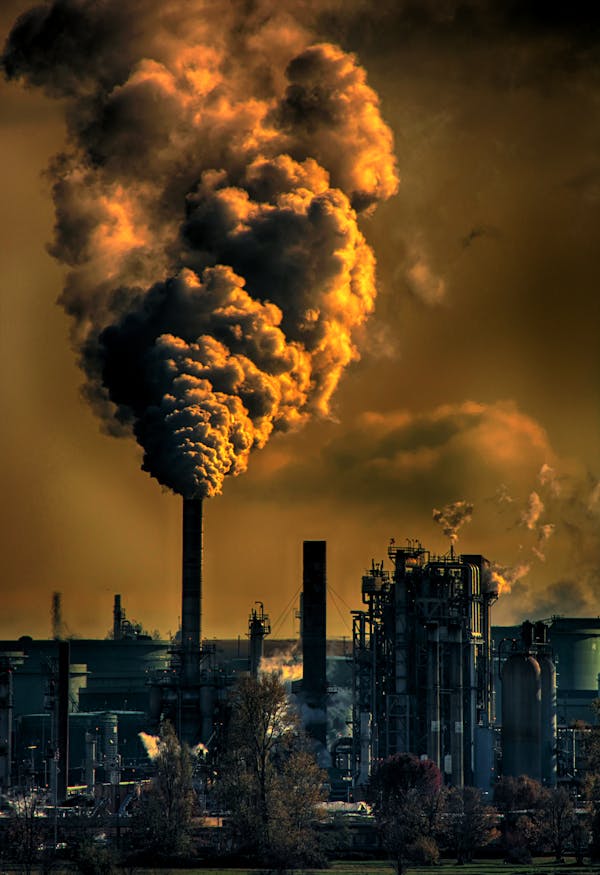"Is Coffee the Ultimate Superfood? Find Out Here!"
1. **Coffee and the Boston Tea Party**:
During the American Revolution, coffee became particularly popular in the colonies as a patriotic alternative to tea, following the infamous Boston Tea Party of 1773.
2. **The Coffee Break**:
The concept of the coffee break, now a standard part of many work cultures worldwide, is said to have originated in the early 20th century in Germany. Employers encouraged workers to take a short break for coffee to boost productivity.
3. **Coffee and Space Travel**:
Coffee has even made its way into space. NASA has equipped astronauts with specially designed coffee bags that allow them to enjoy their favorite beverage in the zero-gravity environment of space shuttles and the International Space Station.
4. **Kopi Luwak**:
One of the rarest and most expensive coffees in the world, Kopi Luwak, is produced in Indonesia. It involves coffee beans that have been eaten and excreted by civet cats before being harvested and roasted.
5. **Coffee and the Enlightenment**:
Coffeehouses played a crucial role in the intellectual and cultural movements of the Enlightenment in Europe during the 17th and 18th centuries. They were gathering places for thinkers, artists, writers, and politicians to exchange ideas and debate.
6. **Coffee as a Trade Commodity**:
Coffee is the second most traded commodity in the world, after oil. Its cultivation and trade have shaped economies and societies in regions across the globe.
7. **Coffee's Effect on Napoleon**:
Napoleon Bonaparte was reportedly a heavy coffee drinker. Legend has it that he insisted on carrying coffee with him on military campaigns, and his contribution to the spread of coffee culture is notable in countries like Egypt.
8. **Coffee Rituals Around the World**:
Coffee drinking customs vary widely across cultures. From the traditional Ethiopian coffee ceremony to Italian espresso culture and Turkish coffee readings, coffee rituals offer a glimpse into diverse cultural practices.
9. **The Coffee Belt**:
Coffee plants thrive in regions known as the "Coffee Belt," which encircles the equator. This area includes countries like Brazil, Colombia, Ethiopia, and Vietnam, where the majority of the world's coffee is produced.
10. **Coffee and the Rainforest**:
Shade-grown coffee, which is grown under a canopy of trees, not only preserves biodiversity but also produces beans with unique flavors. It promotes healthier ecosystems compared to sun-grown coffee plantations.
These facts not only highlight coffee's historical significance and cultural diversity but also showcase its unique impact on various aspects of human society, from science and exploration to commerce and culture.


No comments:
Post a Comment